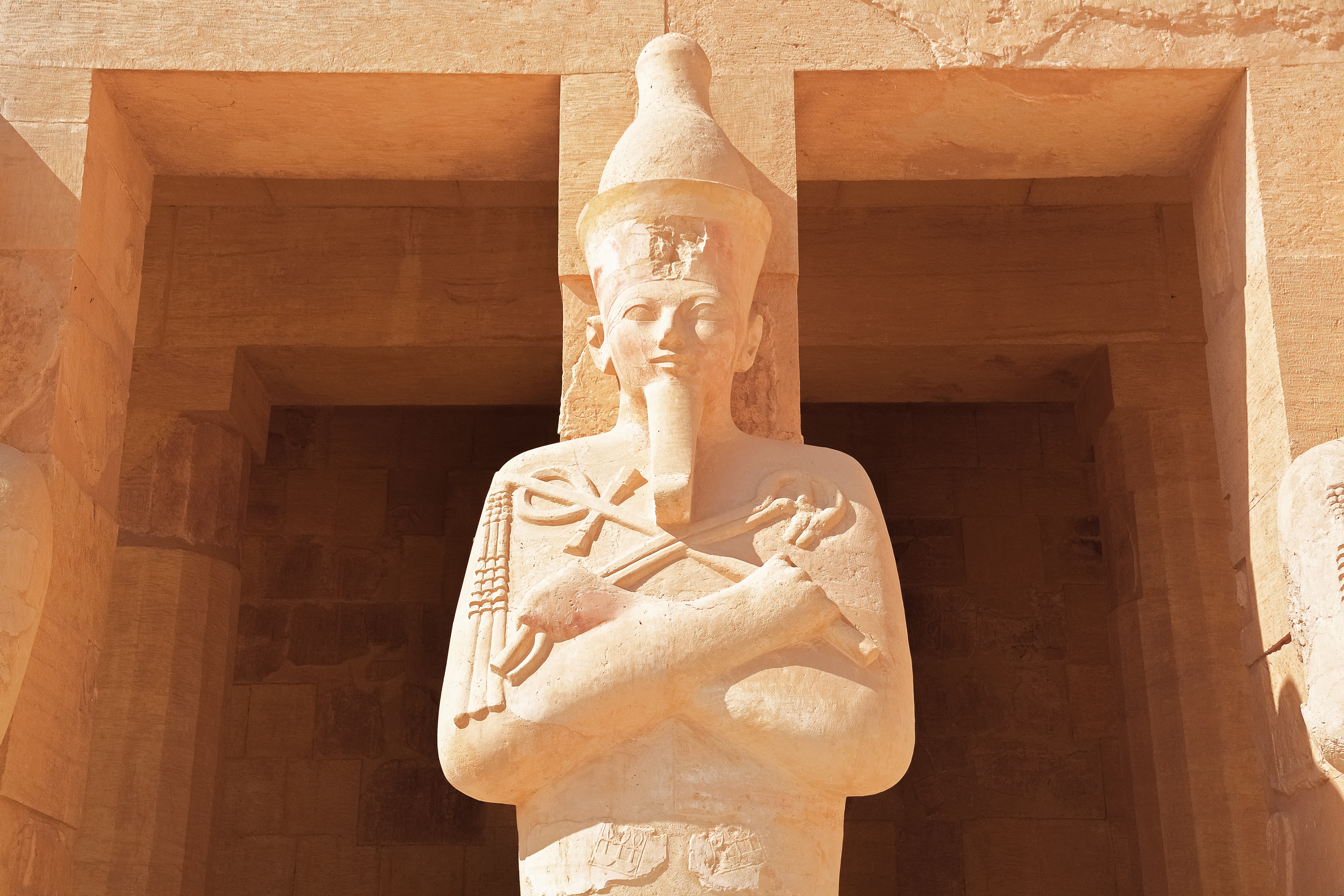Thus Midian was subdued before the children of Israel, so that they lifted their heads no more. And the country was quiet for forty years in the days of Gideon. Then Jerubbaal the son of Joash went and dwelt in his own house…Now Gideon the son of Joash died at a good old age, and was buried in the tomb of Joash his father, in Ophrah of the Abiezrites. So it was, as soon as Gideon was dead, that the children of Israel again played the harlot with the Baals, and made Baal-Berith their god. Thus the children of Israel did not remember the Lord their God, who had delivered them from the hands of all their enemies on every side; nor did they show kindness to the house of Jerubbaal (Gideon) in accordance with the good he had done for Israel. (Judges 8:28-29, 32-35)
The Times of Israel: Inked 3,100 years ago during the era of the biblical judges, an extremely rare five-letter inscription discovered in the lush Judean foothills could be a missing link in the development of Early Alphabetic (also known as Canaanite) writing used during the 12th-10th centuries BCE.
If correct, this would be the first hard evidence of a name from the biblical stories of the judges that is on an artifact contemporary to the period.
The inscription was published Monday as part of the second issue of the Jerusalem Journal of Archaeology (JJAR) — a new open-access online journal — edited by Bar-Ilan Prof. Avraham Faust, Hebrew University Prof. Yossef Garfinkel, and Hebrew University researcher Dr. Madeleine Mumcuoglu.
The painted pottery is dated by the archaeologists to 1,100 BCE, which would make it prior to the formation of the biblical monarchy. The inscription was written in Early Alphabetic/Canaanite script, evidence of which has been found throughout Egypt and the Levant. First finds including paleo-Hebrew script come much later, dating to the 9th century BCE.
According to a cross-institutional team of archaeologists and epigraphers, the partial inscription, painted on three pottery sherds from an incomplete small vessel, is most logically read as “Jerubbaal” or “Yeruba’al,” which was the nickname of the biblical judge Gideon, son of Joash, who was active in the northern parts of the Land of Israel during this era.

“The reading Yeruba’al is the most logical and reasonable reading, and I consider it quite definitive,” epigrapher Prof. Christopher Rollston from George Washington University, who deciphered the text, told The Times of Israel. “I would hasten to add that this script is well known and nicely attested, so we can read it with precision.”
The inscription joins a mere handful of others that were found in the Land of Israel from a similar time period. Arguably, one of the earliest was discovered in the 1970s in Izbet-Sarta, followed by several other 12th-10th century BCE inscription discoveries in the past 15 years, including in Tell eṣ-Ṣafi, Khirbet Qeiyafa, Jerusalem, Lachish.
According to the archaeologists, the newly discovered inscription serves as a textual bridge for the transition from the Canaanite to the Israelite and Judahite cultures.
“For decades, there were practically no inscriptions of this era and region. To the point that we were not even sure what the alphabet looked like at that time. There was a gap. Some even argued that the alphabet was unknown in the region, that there were no scribes, and that the Bible must therefore have been written much later,” polymath independent epigrapher and historian Michael Langlois told The Times of Israel. Read More
Sources
- Five-letter inscription inked 3,100 years ago may be name of biblical judge (July 12th, 2021) – The Times of Israel




 Support the Ministry
Support the Ministry